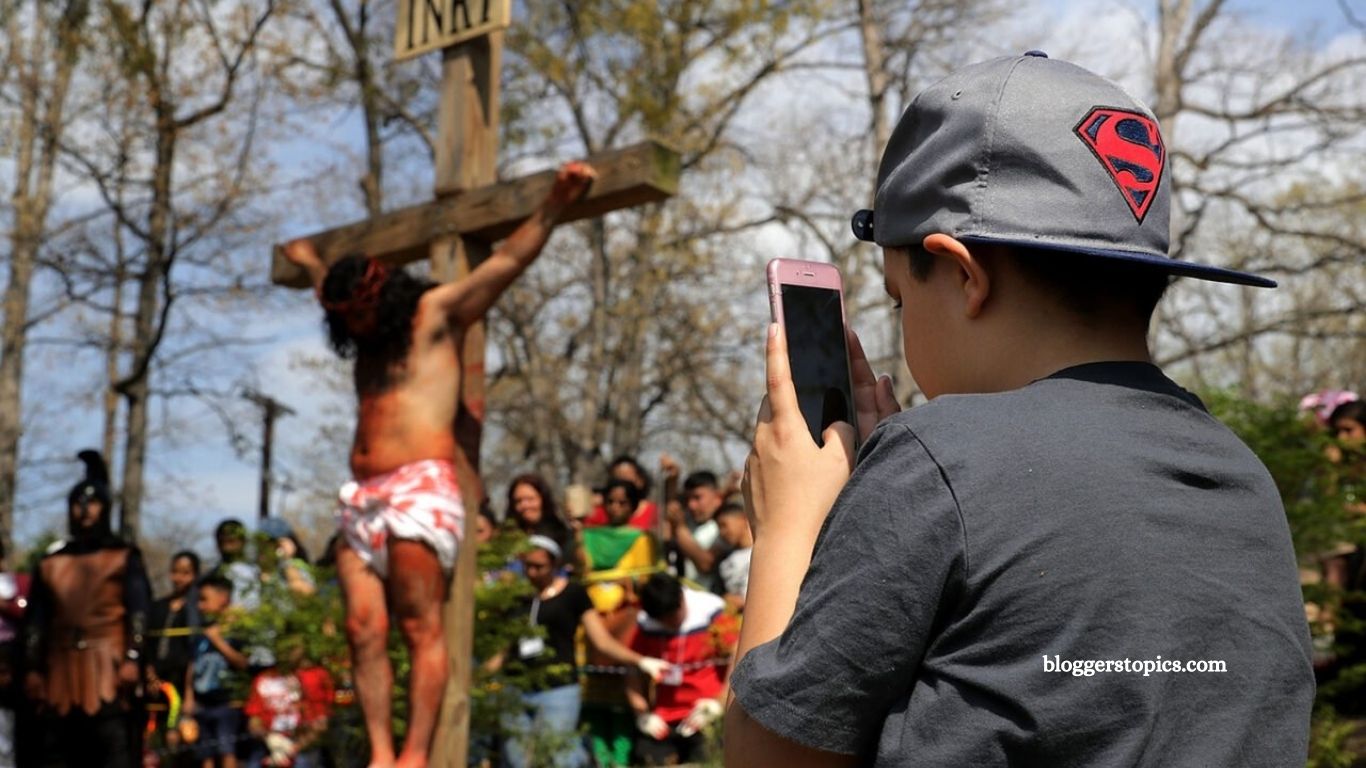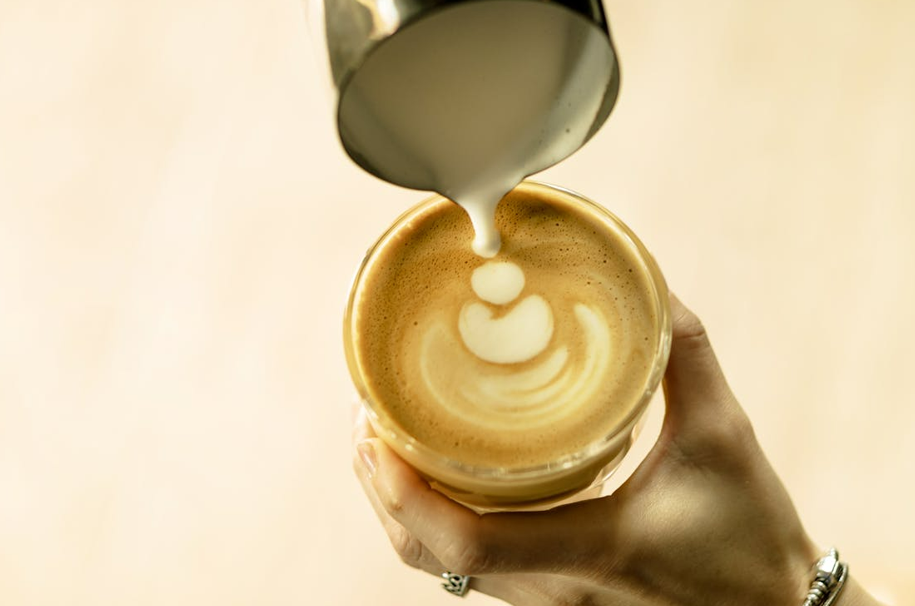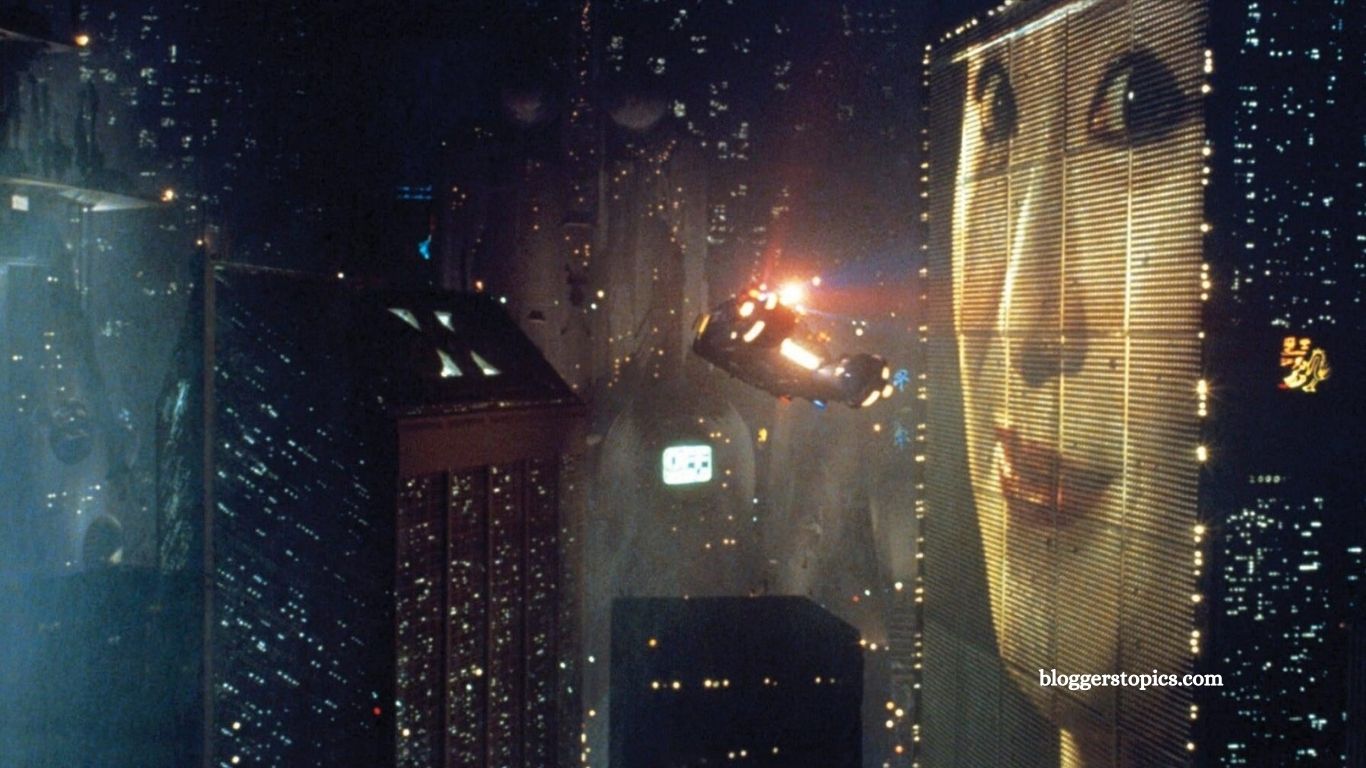A Vision Years in the Making
The wait is over. On June 22, Tesla officially launched its long-promised Robotaxi Gamble in Austin, Texas. For CEO Elon Musk, this event is not just a product unveiling—it’s a pivotal moment that could define Tesla’s future and reshape the company’s identity from a carmaker to a global leader in artificial intelligence and robotics.
Read More: Trump EPA Considers Reversing Ban on Cancer-Linked Asbestos
More Than a Ride—A Strategic Pivot
The robotaxi rollout marks a critical juncture in Musk’s narrative that Tesla is not merely an automaker, but an innovation powerhouse in autonomy and AI. As competitors like China’s BYD gain ground, Tesla is betting big on self-driving technology to maintain its edge.
Musk announced the launch with characteristic flair on X:
“The @Tesla_AI robotaxi launch begins in Austin this afternoon with customers paying a $4.20 flat fee!”
He followed up with congratulatory posts to his engineering and AI teams, emphasizing the significance of the moment.
A Limited Launch with Cautious Optimism
The initial fleet comprises 10 to 20 modified Model Y SUVs operating in a geofenced section of south Austin. Riders can request a vehicle via a dedicated Tesla app, and the experience is designed to mimic traditional ride-hailing—minus the driver.
But while the concept promises full autonomy, the rollout has been deliberately cautious. Early riders included influencers and Tesla loyalists, and each vehicle currently has a “safety monitor” in the passenger seat—an acknowledgment that full autonomy is still a work in progress.
Musk himself admitted Tesla is being “super paranoid about safety,” a sentiment likely influenced by a new Texas law requiring permits for self-driving vehicles, which will take effect on September 1.
Inside the Robotaxi Technology
At the heart of Tesla’s robotaxi system is the company’s most advanced version of Full Self-Driving (FSD) software, supported by eight onboard cameras. Unlike competitors that rely heavily on pre-mapped zones and LiDAR, Tesla claims its approach is more scalable and adaptable.
“It just works,” Tesla declared on X, suggesting the system will be able to function seamlessly across various cities without needing extensive groundwork. Planned expansions include San Francisco and Los Angeles.
The Stakes: Trillions in Market Value
This launch is the realization of a vision Musk has teased for years—an autonomous fleet featuring futuristic models like the upcoming “Cybercab” and “Robovan,” vehicles without steering wheels or pedals. Musk has suggested this shift could increase Tesla’s market value by $5 trillion to $10 trillion.
As of June 20, Tesla’s valuation stood at $1.04 trillion, ranking it 11th globally behind tech giants such as Microsoft ($3.54T), Nvidia ($3.50T), and Apple ($3.00T).
Investor Confidence—and Doubt
Wall Street analysts are divided. Dan Ives of Wedbush Securities called the Austin launch “the golden age of autonomous vehicles starting for Tesla,” and forecasts a trillion-dollar upside. Cathie Wood’s ARK Invest believes robotaxis could generate up to 90% of Tesla’s profits by 2029.
Already Behind?
While Tesla celebrates its debut, rivals like Waymo (Alphabet) and Zoox (Amazon) are already running broader and more advanced autonomous services. Waymo, in particular, has a presence in Austin, Phoenix, Los Angeles, and San Francisco—places where it operates without safety drivers in many areas.
The competitive landscape is fierce, and skeptics argue Tesla may be entering the race too late to dominate it.
“What valuation will be attached to Tesla autonomy when it has to split the autonomous ride-hailing market with others?” asks investor Gary Black, who recently divested all Tesla holdings from his fund.
A Defining Moment—or a Missed Opportunity?
Ultimately, the success of Tesla’s robotaxi venture could shape the company’s legacy and its place in the global tech ecosystem. Is this the dawn of a new era for Tesla, or a cautious—and potentially late—entry into an already crowded arena?
Frequently Asked Questions
What is Elon Musk’s robotaxi project?
Tesla’s robotaxi project is an autonomous ride-hailing service powered by its Full Self-Driving (FSD) technology. It aims to eliminate human drivers and offer on-demand rides using Tesla vehicles.
When and where did the robotaxi service launch?
Tesla launched its robotaxi service on June 22, 2025, in Austin, Texas, as a limited pilot program.
Which Tesla vehicles are being used for the robotaxi service?
The service currently uses Model Y SUVs, outfitted with Tesla’s latest Full Self-Driving software and an array of sensors.
Is the service fully autonomous?
Not yet. The initial rollout includes a safety monitor in the passenger seat to ensure oversight, making it a semi-autonomous launch rather than a fully driverless one.
How much does a ride cost?
Elon Musk announced a flat fee of $4.20 for rides during the launch phase.
Who can use the service currently?
The service is limited to select users, including influencers, Tesla fans, and early testers in a geofenced area of South Austin.
How does Tesla’s system differ from other autonomous driving technologies?
Unlike competitors that rely on LiDAR and pre-mapped environments, Tesla’s FSD system uses cameras and neural networks, which Musk claims allow for more flexible and scalable deployment.
Conclusion
Tesla’s long-awaited robotaxi launch marks a bold and pivotal step in Elon Musk’s vision to redefine mobility through artificial intelligence and automation. While the debut in Austin represents only a limited rollout, it signals Tesla’s serious intent to challenge existing players in the autonomous ride-hailing space. With billions—and potentially trillions—at stake, the success of this initiative could catapult Tesla into a new era as not just an automaker, but a global leader in robotics and AI.
However, significant hurdles remain. Regulatory scrutiny, safety concerns, and stiff competition from well-established rivals like Waymo and Zoox mean that execution will be everything. Whether this launch becomes a landmark moment in transportation history or a cautionary tale of overpromised innovation will depend on how Tesla scales, adapts, and leads in the months ahead.







